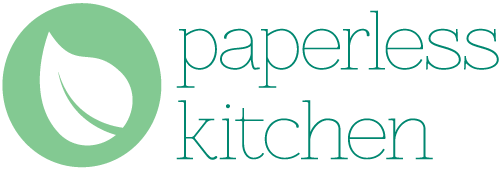Greening Plastics: Part Three, RPET Products
Share
To finish out our mini “Greening Plastic” series, I thought it was important to highlight one of the new ways that plastic is being reused. In Part One of our series, I touched briefly on some of the ways that green companies are using recycled PET plastic or RPET.
One of the uses I find most incredible is weaving plastic fibers into fabric. The sleek, smooth surface of a soda bottle hardly brings to mind images of carpeting, upholstery or fabric, but numerous companies are now using plastic bottles to produce fibers that can be used for almost any application where synthetic fabrics like polyester might otherwise be employed.
Getting a plastic mouthwash bottle or other PET product into fabric form requires many steps. The plastic has to be washed, dried, crushed into fine pieces, purified, melted and then shaped into thread or fibers. But once the process is finished and the fibers are woven by hand or machine, the RPET fabric is almost indistinguishable from polyester.
In the world of paperless kitchen products, you can find RPET fabric in the sleeves that hold To-Go Ware's innovative bamboo utensil kits. In these kits, the colorful fabric sleeves are used to hold a set of plastic silverware alternatives and are outfitted with a carabiner for easy carrying.
When you're shopping for RPET products, it's important to keep in mind the post-consumer recycled content percentage, which many products provide, even if it’s only in fine print. This is the amount of recycled materials that are actually used in a given product. A product that is made out of 100 percent post-consumer recycled content like the RPET fabric sleeves made by To-Go Ware are made of recycled content, while products with a lower percentage mix recycled content with other materials.
Have a question about RPET products or want to share a great RPET find? Post in our comments!
